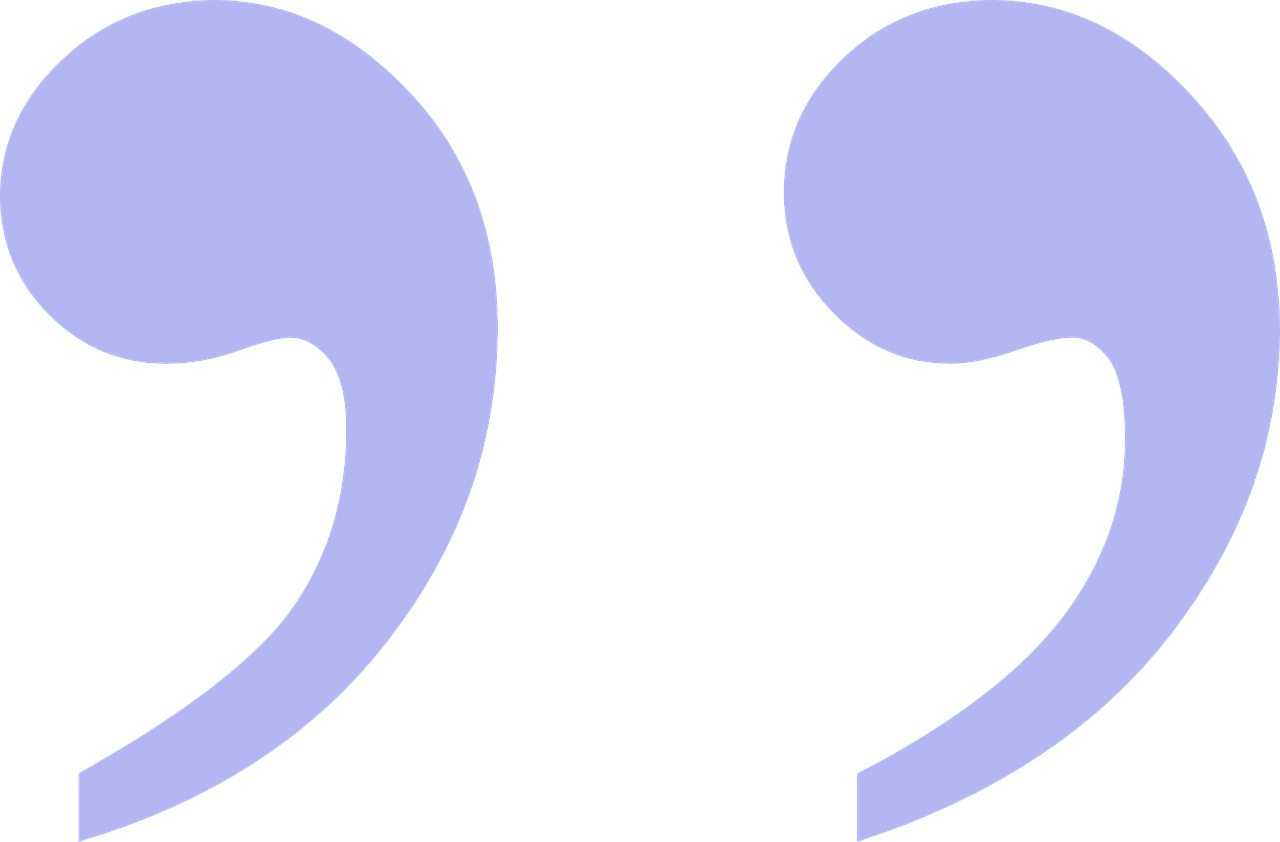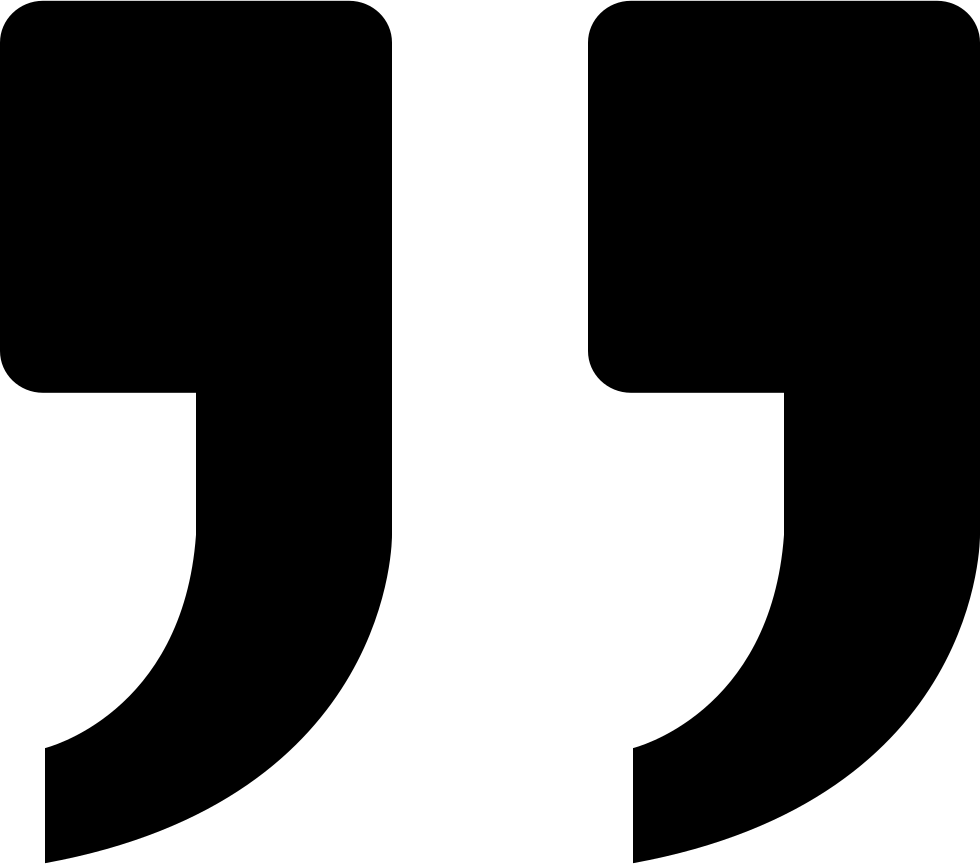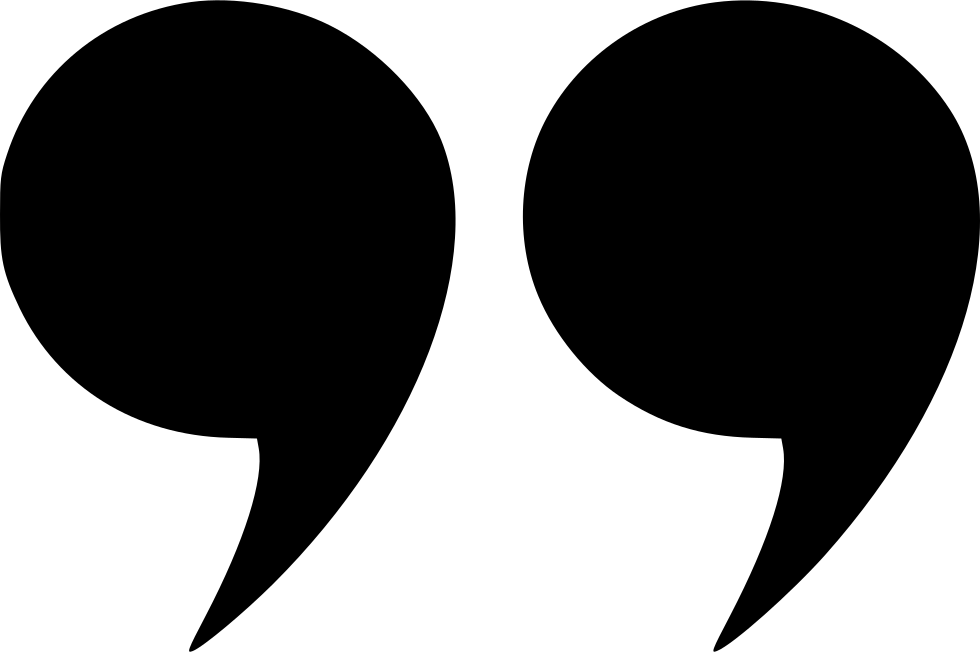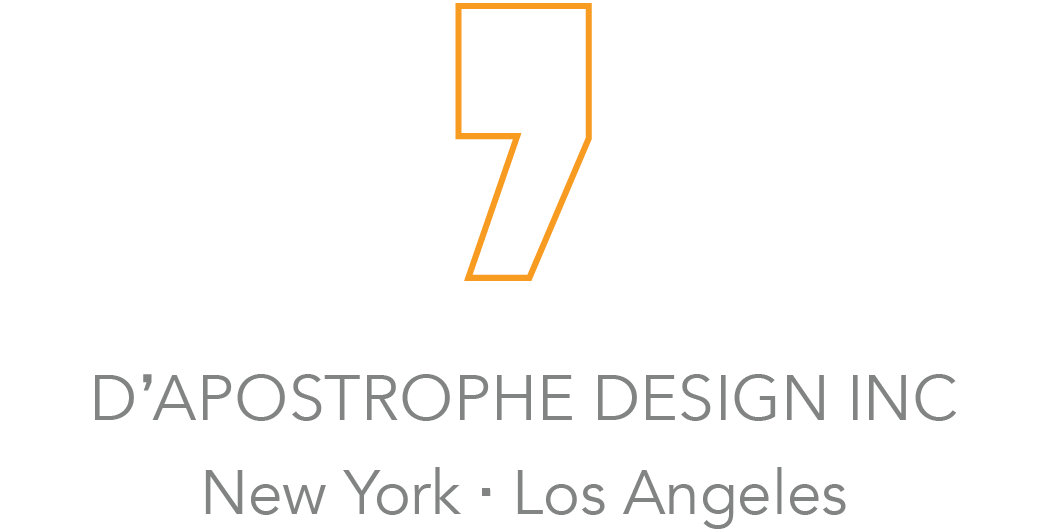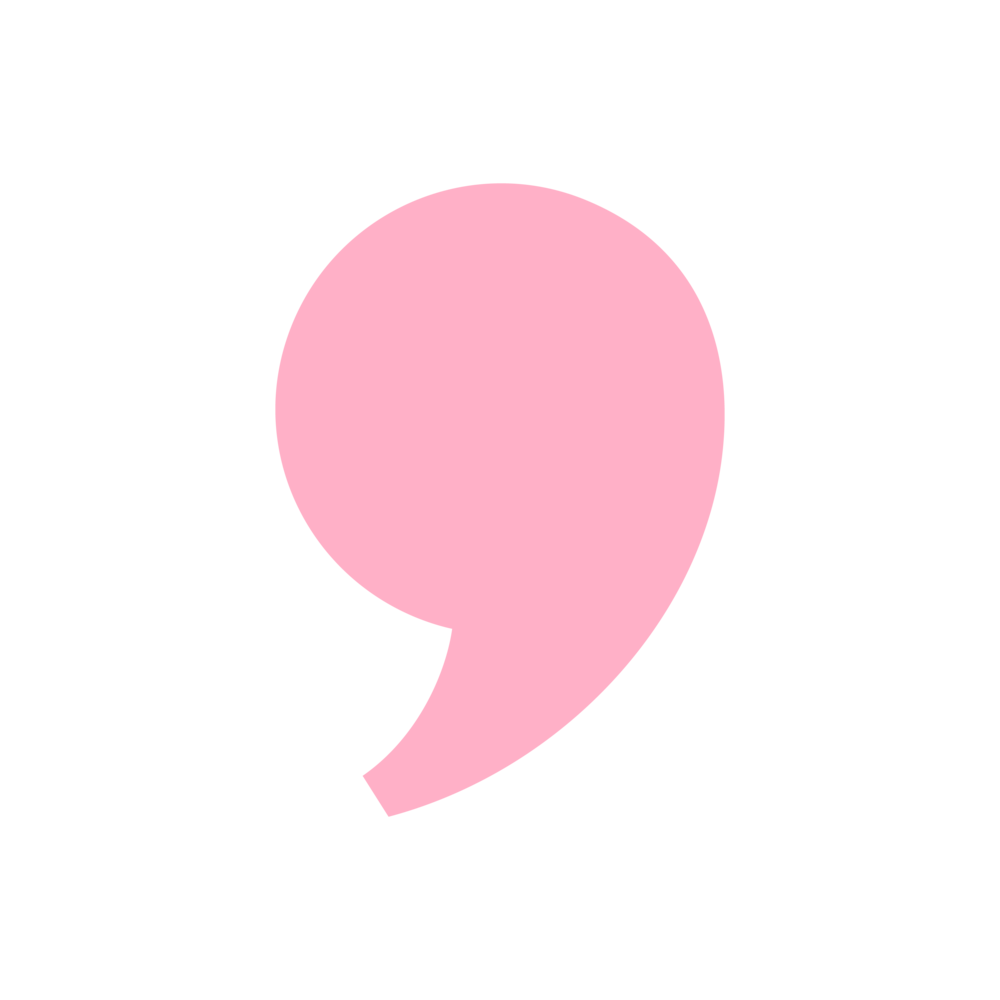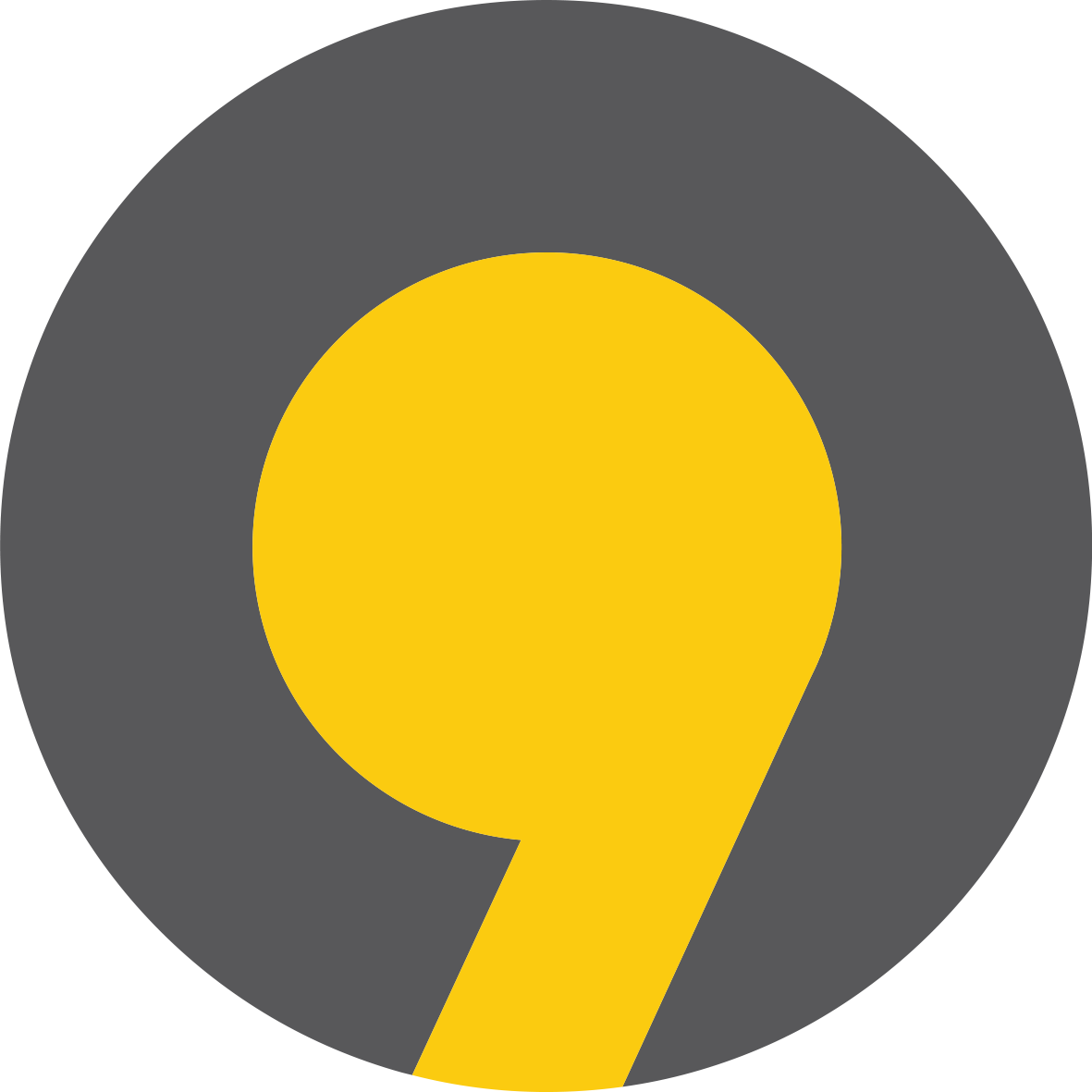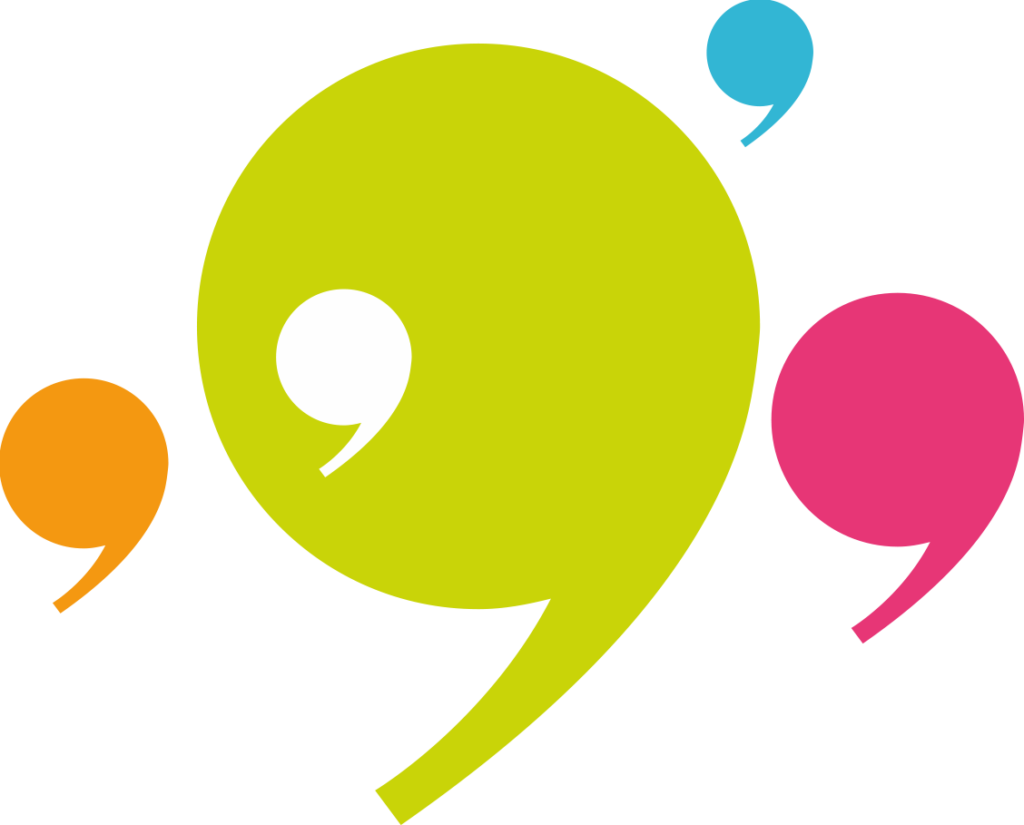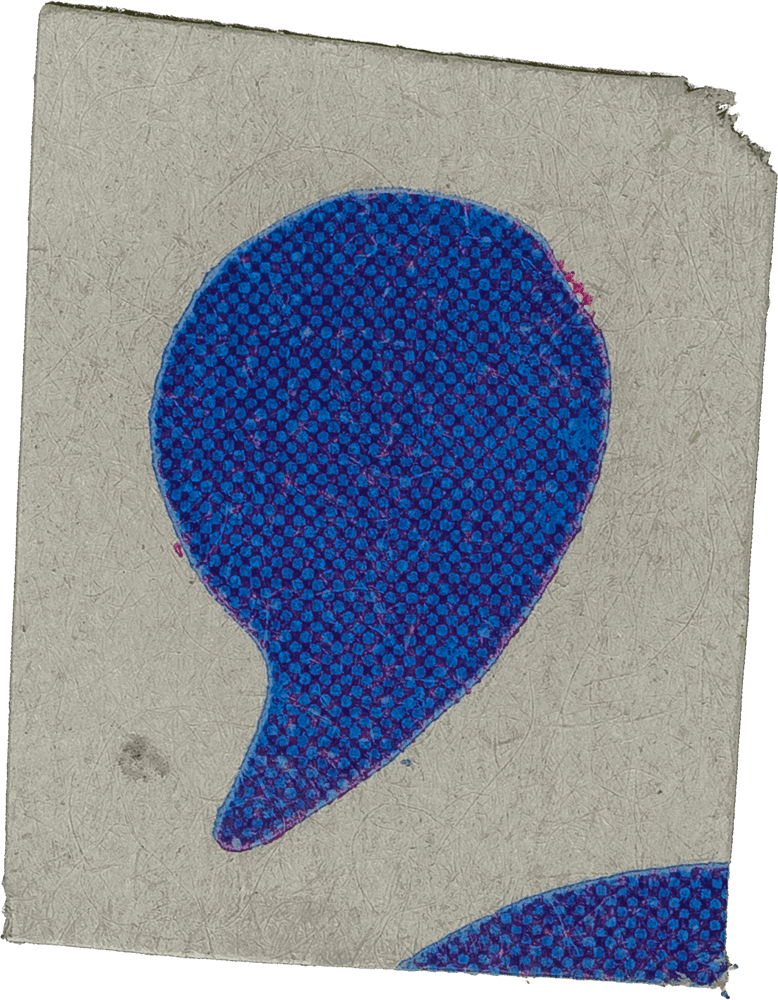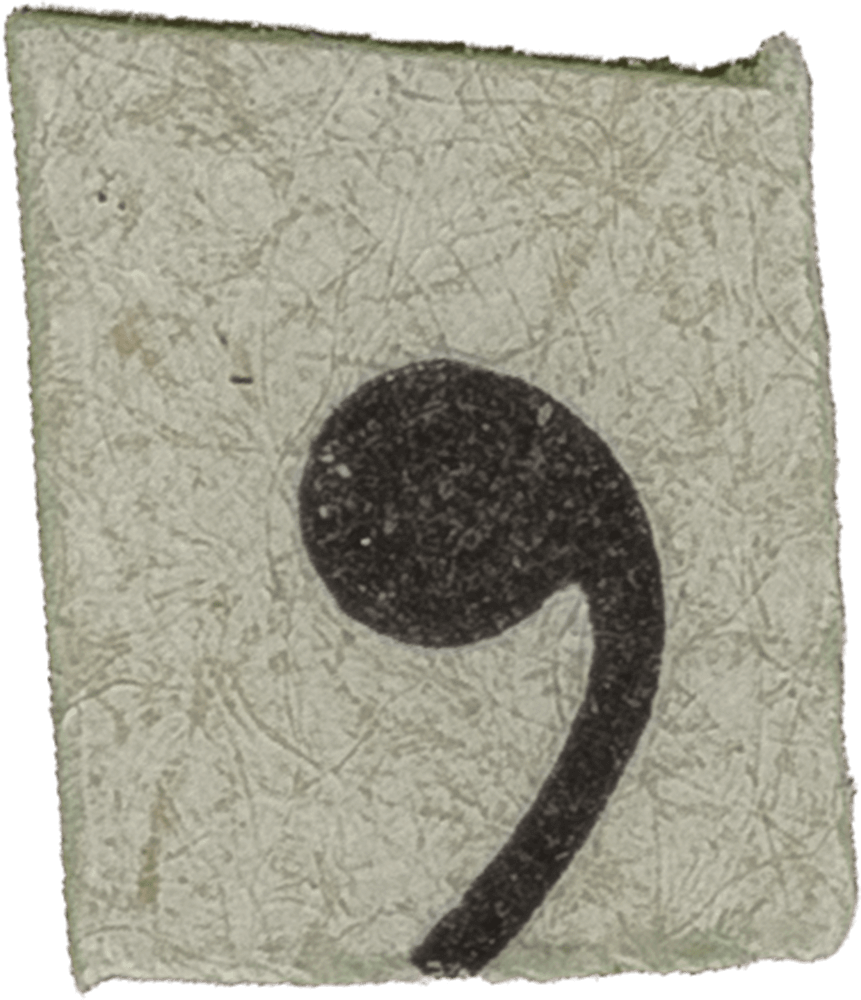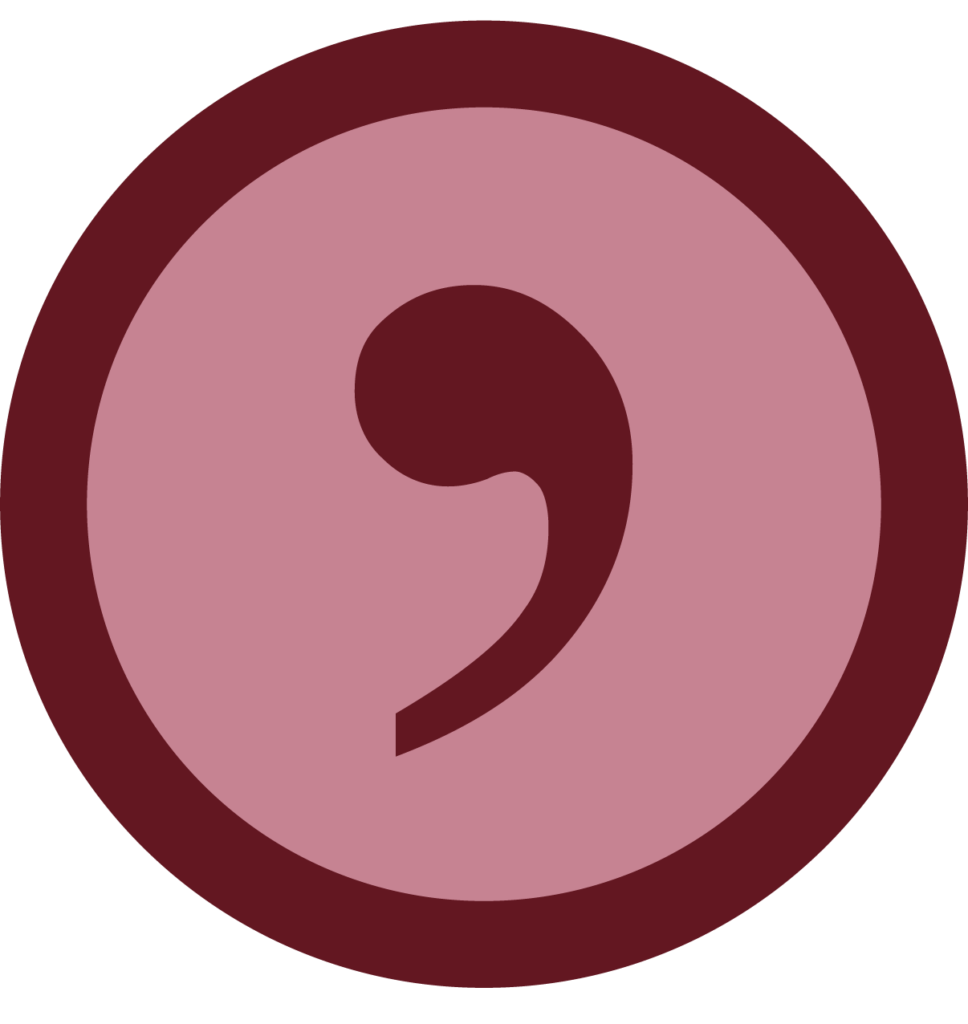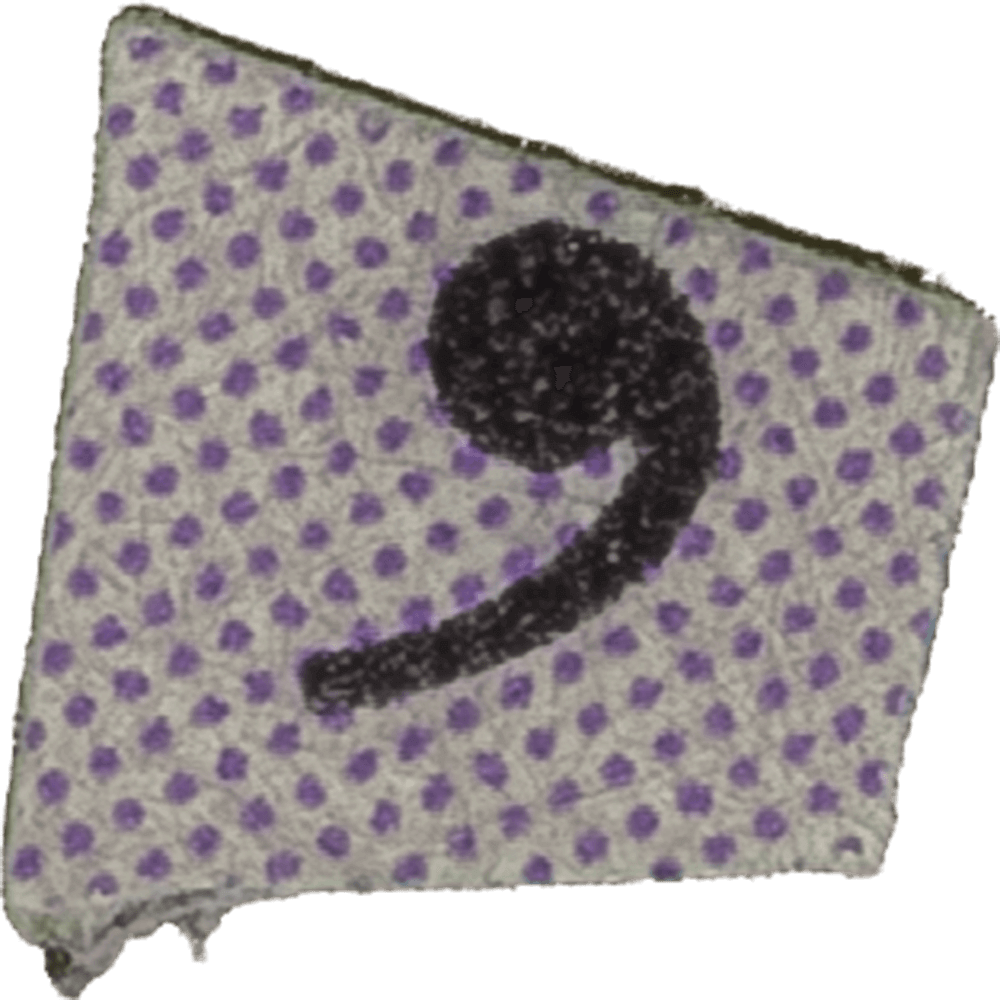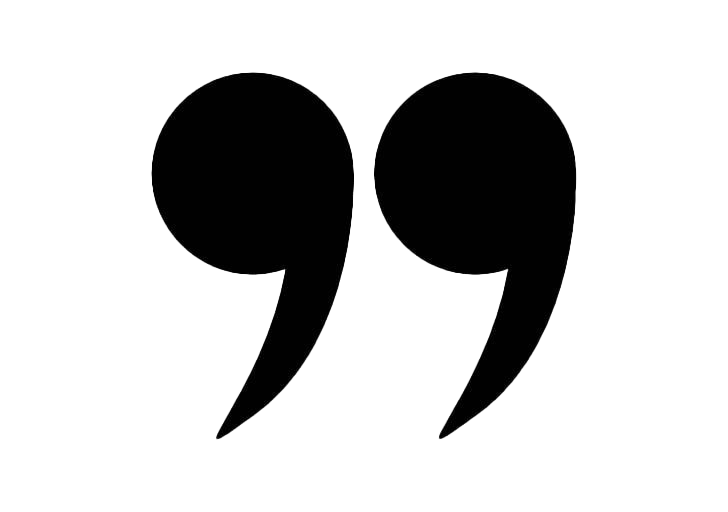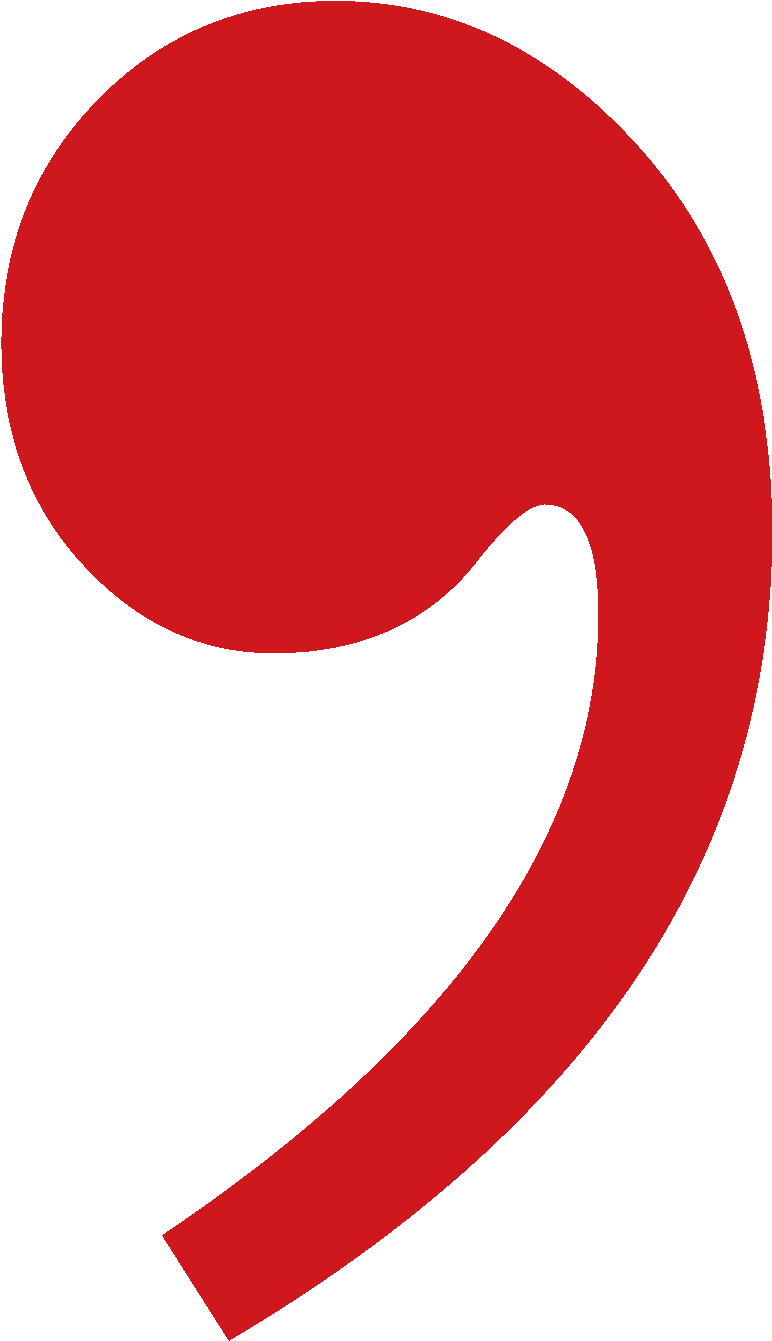Download top and best high-quality free Apostrophe PNG Transparent Images backgrounds available in various sizes. To view the full PNG size resolution click on any of the below image thumbnail.
License Info: Creative Commons 4.0 BY-NC
The absence of one or more letters, such as the contraction of “do not” to “don’t.”
The marking of the possessive case of nouns (as in “the eagle’s feathers,” “in one month,” and “at your parents’”).
Pluralization of particular letters, such as “p’s and q’s” or “Oakland A’s.”
“She told Robert, ‘I would love to go!’” “She told Robert, ‘I would love to go!”
The word “apostrophe” is derived from the Greek o (h apóstrophos, “turning away or elision”), which was passed down through Latin and French.
Unicode prefers the typewriter apostrophe U+0027 (‘) over the closing single quotation mark U+2019 (‘) when the character is to represent an apostrophe.
The erroneous starting single quotation mark ‘can also be observed as a result of software that transforms typewriter apostrophes into curly opening single quotes at the start of a line or when preceded by a space. Examples may be found in Smart quotes.
Pietro Bembo used the apostrophe for the first time in his version of De Aetna (1496). In the 16th century, it was adopted into English as a copy of French practise.
The apostrophe was first used in lieu of a vowel letter by Geoffroy Tory (1529) to signify elision (as in l’heure instead of la heure). It was also commonly substituted for a final “e” (which was still spoken at the time) when a vowel was omitted, as in un’ heure. The spelling une heure has been restored by modern French orthography.
The apostrophe was first employed in the 16th century to indicate when a vowel letter was removed due to accidental elision (“I’m” for “I am”) or because the letter no longer conveyed a sound (“lov’d” for “loved”). Many infections that were not spoken as syllables remained in English writing, including verb ends (“-est”, “-eth”, “-es”, “-ed”) and the noun ending “-es,” which denoted plurals or possessives (see Possessive apostrophe, below). When the noun was a foreign word (and especially when the word ended in “a,” as in “the two comma’s”), an apostrophe followed by “s” was frequently employed to indicate a plural.
The practise of elision has persisted to the current day, but the possessive and plural forms have undergone considerable modifications. Even when the letter “e” was not removed (as in “the gate’s height”), an apostrophe with the addition of a “s” was often employed for all possessive singular forms by the 18th century. The Old English genitive singular inflection “-es” was thought to be represented by this. Although the usage of plural was considerably decreased, there remained a requirement to denote possessive plural. After the plural “s,” an apostrophe (as in “girls’ clothes”) was used as a remedy. This was not widely recognised until the mid-nineteenth century. Plurals that do not end in -s retain the -s marker, as in “children’s toys” and “the men’s toilet.”
The apostrophe is used in English to signify what is incorrectly referred to be the possessive case for historical reasons. Until the 18th century, this case was known as the genitive, and it expresses much more than possession (as does the genitive case in other languages). The terms “the school’s headmaster,” “the men’s department,” and “tomorrow’s weather” are examples of phrases in which the school does not own/possess the headmaster, the men do not own/possess the department, and tomorrow does not/will not own the weather.
Download Apostrophe PNG images transparent gallery.
- Apostrophe PNG Clipart
Resolution: 1280 × 842
Size: 81 KB
Image Format: .png
Download
- Apostrophe Silhouette PNG Photo
Resolution: 1600 × 1600
Size: 30 KB
Image Format: .png
Download
- Apostrophe Silhouette PNG Cutout
Resolution: 980 × 864
Size: 10 KB
Image Format: .png
Download
- Apostrophe Silhouette PNG Images
Resolution: 1600 × 1600
Size: 32 KB
Image Format: .png
Download
- Apostrophe Silhouette PNG Photos
Resolution: 1200 × 2400
Size: 35 KB
Image Format: .png
Download
- Apostrophe Silhouette Transparent
Resolution: 980 × 652
Size: 32 KB
Image Format: .png
Download
- Apostrophe Silhouette PNG Clipart
Resolution: 2000 × 4000
Size: 101 KB
Image Format: .png
Download
- Apostrophe Silhouette
Resolution: 1200 × 900
Size: 28 KB
Image Format: .png
Download
- Apostrophe Silhouette PNG
Resolution: 640 × 1104
Size: 23 KB
Image Format: .png
Download
- Apostrophe
Resolution: 1042 × 532
Size: 17 KB
Image Format: .png
Download
- Apostrophe PNG
Resolution: 1000 × 1000
Size: 17 KB
Image Format: .png
Download
- Apostrophe PNG Pic
Resolution: 1181 × 1181
Size: 55 KB
Image Format: .png
Download
- Apostrophe PNG File
Resolution: 1024 × 825
Size: 44 KB
Image Format: .png
Download
- Apostrophe PNG Image
Resolution: 778 × 1000
Size: 447 KB
Image Format: .png
Download
- Apostrophe PNG Photo
Resolution: 861 × 1000
Size: 360 KB
Image Format: .png
Download
- Apostrophe PNG Cutout
Resolution: 968 × 1024
Size: 61 KB
Image Format: .png
Download
- Apostrophe PNG Images
Resolution: 795 × 1006
Size: 205 KB
Image Format: .png
Download
- Apostrophe PNG Photos
Resolution: 1000 × 1000
Size: 302 KB
Image Format: .png
Download
- Apostrophe Silhouette PNG Pic
Resolution: 728 × 512
Size: 43 KB
Image Format: .png
Download
- Apostrophe Transparent
Resolution: 772 × 1341
Size: 9 KB
Image Format: .png
Download
- Apostrophe Silhouette PNG File
Resolution: 700 × 700
Size: 3 KB
Image Format: .png
Download
- Apostrophe Silhouette PNG Image
Resolution: 1838 × 3062
Size: 41 KB
Image Format: .png
Download
